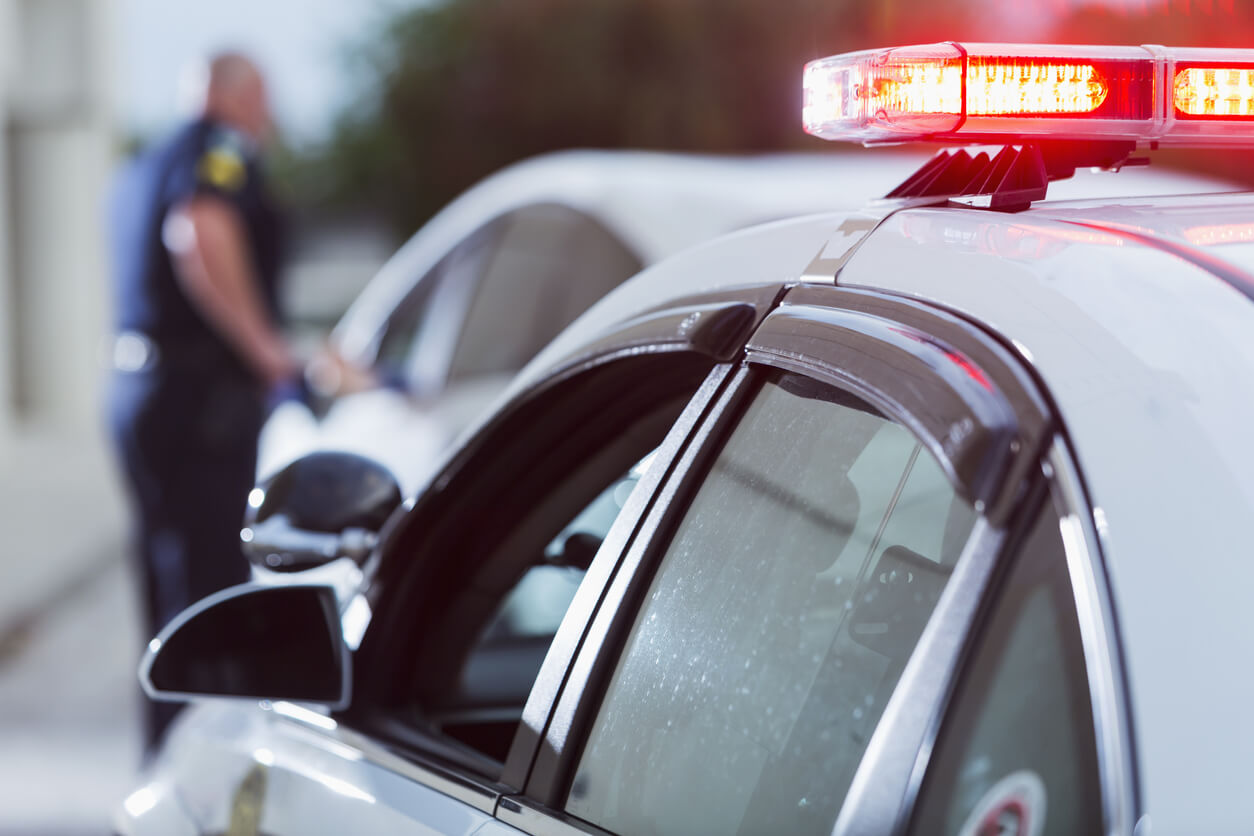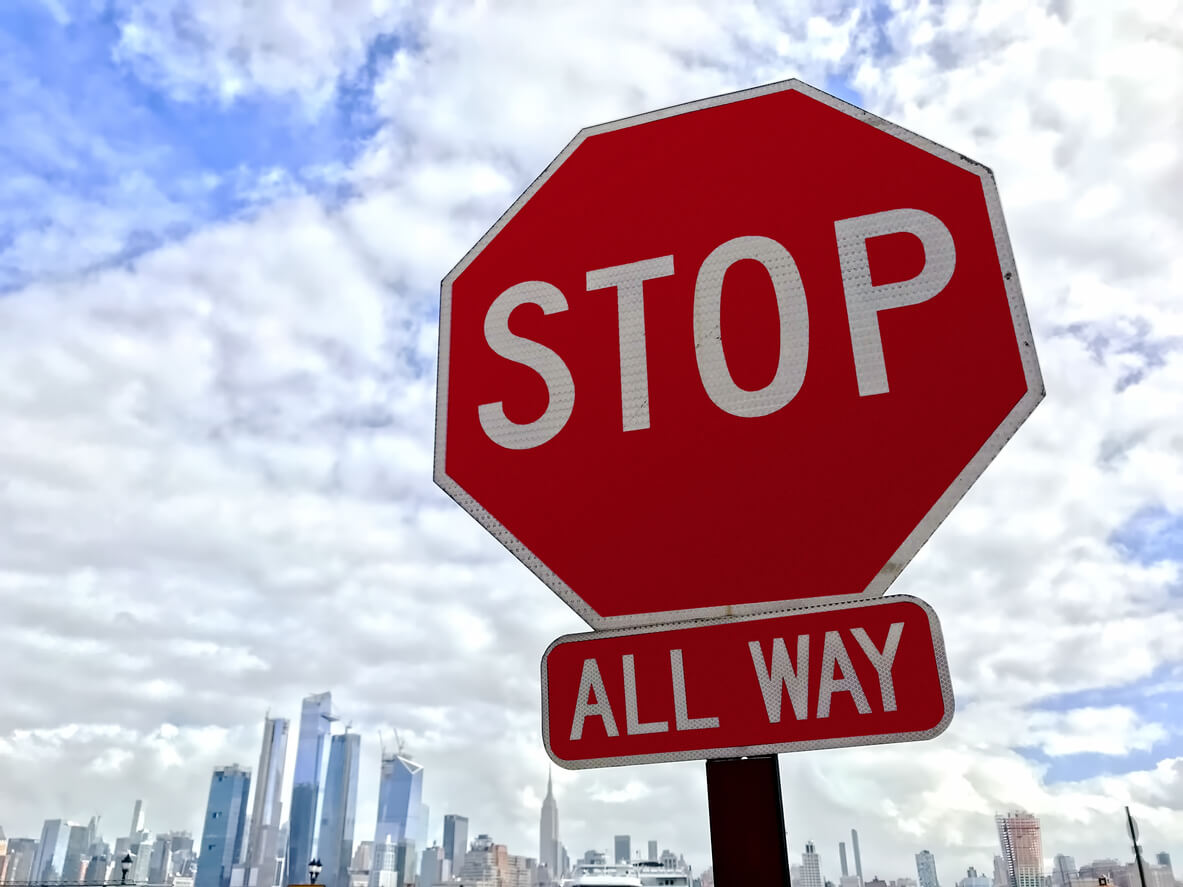When you move and reside in another state, there are a lot of things to update. One of these things is a driver’s license. Even if non-residents have a driver’s license in another state, they can receive a ticket for driving without a valid California Driver’s License if they are found to actually reside in California, under California Vehicle Code section 12500a.
Under California state law, a driver must apply to obtain a California Driver’s License within 10 days of becoming a California resident. While most police officers will not issue a ticket if you have only been in the state for a couple of weeks, or even a month, you should obtain your driver’s license as soon as possible if you move to, register to vote, own a residence, register your vehicle, work in, or reside/live in California.
Do You Actually Reside in California?
So how does the officer know if you are a California resident if you show him or her a valid Driver’s License from another State or Country? He or she will ask you questions regarding:
- How long you have worked at the business you work at in California;
- The address at which you are staying; and
- Whether the car is registered in California and belongs to the driver.
This can cause a big problem for tourists who come to visit or for those trying to make it big in Hollywood while couch surfing. While they may be there for more than a few weeks, they are not necessarily residents.
There have also been cases in which police officers have written tickets to European tourists who come for three months. For non-residents, if you receive a ticket for failure to have a California Driver’s License, you may not know how to proceed.
How to Obtain a California Driver’s License
You can obtain a California Driver’s License by making an appointment at the local DMV for the vision and written tests. Also, you would need to fill out the Driver License or Identification Card Application (Form DL-44). This is only available at the DMV or can be mailed to you if requested.
When you go to the DMV, you are required to bring the following items and documents:
- Social Security or Military ID card;
- Proof of your full name;
- 1 document (original or certified) proving your date of birth and legal presence;
- 2 documents proving your California residency; and
- A method of payment for the fee ($35).
The Cheap Traffic Attorneys Help Non-Residents Who Have Been Ticketed for Driving without a California License
If you or a loved one has been charged with driving in California without a state license, it can have a negative impact. Fortunately, you are not alone and there are measures you can take to minimize the effects. One of these measures is to consult with a knowledgeable and experienced traffic ticket attorney.
The Cheap Traffic Attorneys have your best interest at heart and will work hard in an effort to get your ticket either dismissed or reduced to a minor infraction with only a small fine. To learn more about how we can help or to schedule a consultation, contact us today!


